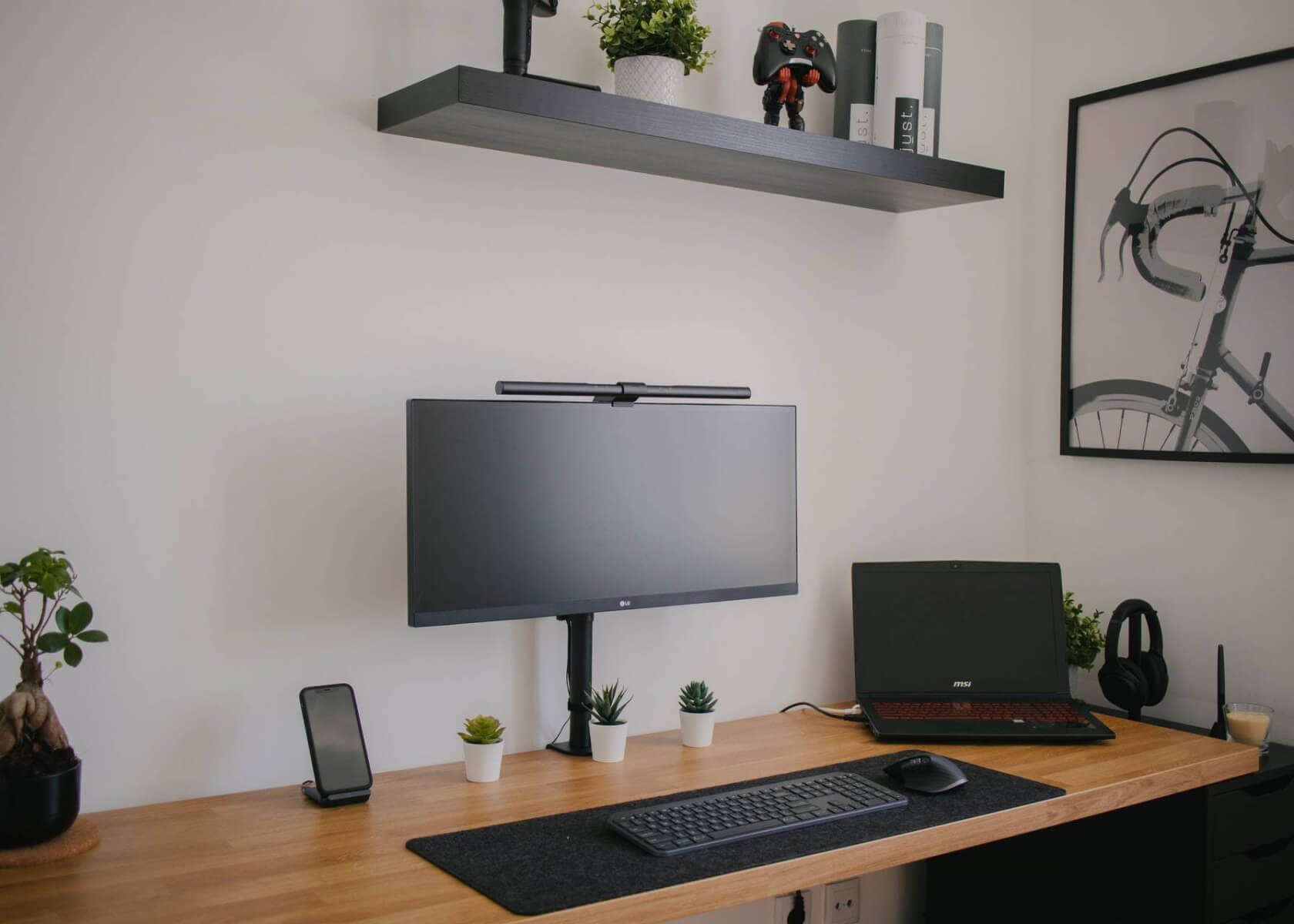Implement Getting Things Done Methodology with Notion GTD Template for Productivity and Organization

New to Notion?
How to Use a Notion GTD Template for Implementing the Getting Things Done Methodology
Getting Things Done (GTD) is a popular productivity methodology developed by David Allen. The core principle is to capture all your tasks, ideas, and commitments in an external system so that you can clear your mind and focus on what’s important right now. Notion is a versatile and continuously evolving tool that can help you implement GTD effectively by leveraging its customizability and robust features.
In this article, we explore how to use a Notion GTD template to effectively implement the GTD methodology, along with current best practices and updated Notion features.
What is a GTD Template?
A GTD template is a pre-designed structure within Notion that supports every stage of the GTD process: capture, process, organize, review, and execute. It streamlines the setup of your GTD system, allowing you to get started with productivity without spending time building everything from scratch.
Setting Up the Notion GTD Template
To start using a GTD template, follow these steps:
- Create a new page in Notion and give it a relevant title, such as "My GTD System."
- Import your chosen GTD template by clicking the "Import" button at the top-right or copying and pasting the template content into your new page.
- Customize the template to match your workflow. Modify the layout, add or remove sections, rename categories, or rearrange elements as needed. Notion’s flexible framework allows you to tailor the template precisely to your needs.
- Familiarize yourself with each section. Common sections include Inbox, Next Actions, Waiting For, Someday/Maybe, Projects, and Reference.
- Add or adjust properties like due dates, labels, or priority indicators for tasks. Notion’s enhanced database features now allow for richer relational data, linked databases, and improved calendar views for better visual planning.
Implementing the GTD Methodology
Once your template is set up, implement GTD by utilizing each section effectively:
1. Inbox
Use the Inbox as a quick capture area for every new task, idea, or commitment. Whenever something comes to mind, quickly log it here. Regularly process your inbox to keep it uncluttered.
2. Processing
After capturing items, process them by deciding on the next steps:
- If the action takes less than two minutes, do it immediately.
- If it can be delegated, move it to the Waiting For section and clearly note the responsible party.
- If the item is non-actionable or meant for reference, transfer it to the Reference section.
- For multi-step tasks, create a new project under Projects.
- For ideas or tasks that might be revisited later, place them in Someday/Maybe.
3. Next Actions
In the Next Actions section, list specific, actionable tasks that you plan to tackle next. Organize these tasks by context or priority using tags and filters. Regularly review and update this list to stay on track.
4. Projects
Manage larger goals or multi-step tasks in the Projects section. Clearly define the project outcome and list the necessary action steps. Use Notion’s enhanced database functionalities to track progress with linked databases and visual calendar views for deadlines and milestones.
5. Waiting For
For tasks that require input from someone else or follow-up, use the Waiting For section. Make a note of the person responsible and consider setting reminders to check progress.
6. Someday/Maybe
The Someday/Maybe section is for ideas and tasks that are not immediately actionable. Revisit and review these items periodically to decide if they should be activated in your workflow.
7. Reference
Store non-actionable information such as notes, articles, or resources in the Reference section. Keep this section well-organized—consider creating separate pages or clear subcategories to make items easy to locate later.
Utilizing Notion Features for GTD
Notion’s powerful features can greatly enhance your GTD setup:
- Tags and Filters: Use tags to categorize tasks by project, context, or priority. Apply filters to quickly locate specific items.
- Reminders and Deadlines: Set reminders and due dates for tasks directly within Notion. Improved integration with your calendar apps ensures that time-sensitive tasks are not missed.
- Collaboration: Real-time collaboration features allow team members to work on shared projects seamlessly. Assign tasks, track progress, and communicate within shared pages.
- Templates and Databases: Utilize Notion’s database capabilities for tracking recurring tasks, managing checklists, or planning projects. Create custom templates for repetitive workflows. The enhanced linked databases and calendar views now support better visual planning and tracking.
Conclusion
Incorporating the GTD methodology into your routine can significantly enhance your focus and organizational abilities. With a Notion GTD template, you can effortlessly implement the principles of GTD, ensuring that each task and project aligns with your overall goals. Regularly reviewing and updating your system, while leveraging Notion’s continually evolving features, helps maintain effectiveness and adapt to changing needs. With a customizable structure and powerful collaborative tools, Notion provides all the resources you need to optimize your productivity and successfully achieve your goals.


